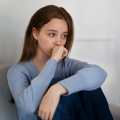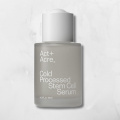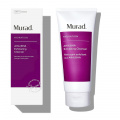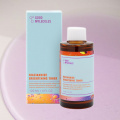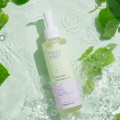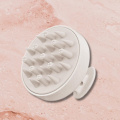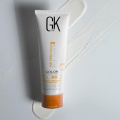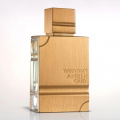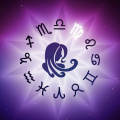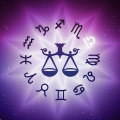Monistat for Hair Growth: The New Topical Trend in Hair Care
Unleash the intriguing use of Monistat for hair growth, apart from its known antifungal benefits. Know what kind of evidence of effectiveness is behind this trend.
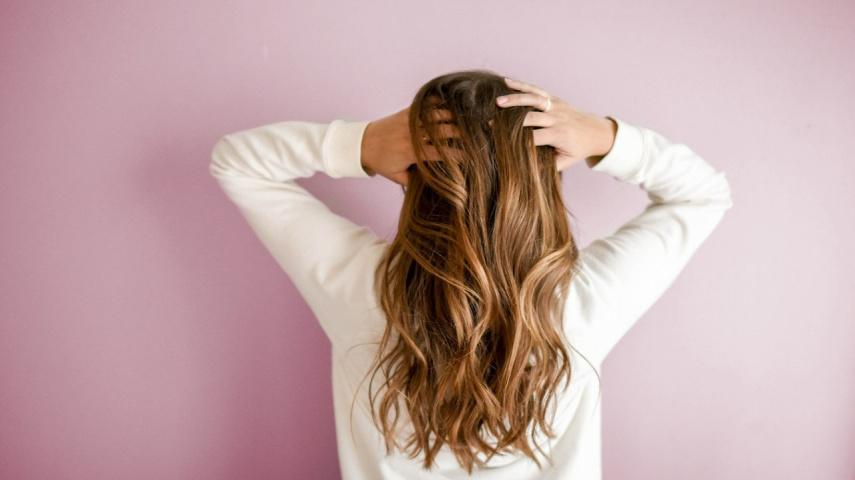
There's always something new around the corner in the world of beauty and self-care. Monistat for hair growth has been creating waves in hair care. A trusted antifungal medication, Monistat-7, readily available over the counter, has been countless individuals' go-to solution for yeast infections (1). But now, it's coming under the spotlight for a completely different reason — hair growth.
Other than vaginal yeast infections, the application of Monistat on the scalp might just be the magic potion for faster hair growth. It's an unconventional use, indeed. However, this usage is gaining a lot of attention. Some researchers may claim it is the most potent topical hair growth agent they've ever encountered.
What Is Monistat?

Monistat is an antifungal cream with miconazole. It's predominantly used to combat yeast infections (1). However, its newfound popularity for hair growth has intrigued many, though research is leading to extensive discussions on its potential benefits for hair.
Does Monistat Really Work for Hair Growth?
Due to the active ingredient miconazole nitrate, Monistat is predominantly known for its antifungal properties. Though there is anecdotal evidence, it has been under scrutiny for its potential hair growth benefits. Surprisingly, anecdotal evidence also points towards being more beneficial for curly, coily, or natural hair than other hair types.
What Does Research Say?
Currently, concrete scientific evidence directly linking Monistat 7 hair growth is yet to be found. While no studies confirm Monistat's efficacy in this regard; medications of a similar nature might aid in hair growth.
A study from the Journal of Dermatology, 2005 stated that a similar type of drug, ketoconazole promotes hair growth among HeN mice (2). Ketoconazole (KCZ) is an antifungal agent that has also shown efficacy when applied topically to treat conditions like seborrheic dermatitis and dandruff. Lately, there have been reports suggesting that a 2% KCZ shampoo can potentially treat androgenetic alopecia. This study aimed to quantitatively assess the potential of KCZ in promoting hair growth using a mouse model (2).
Benefits of Monistat for Hair
Monistat, commonly known for treating yeast infections, might not be the first product that comes to mind when considering hair growth solutions. However, there are some benefits we have found for the product in hair growth. So, let's explore how good Monistat is for hair growth.
Fungi and your scalp:
Fungi live on your scalp, which can lead to inflammation, resulting in hair loss. Using Miconazole may help you get rid of fungal infections on your scalp (3).
Presence of Miconazole Nitrate:
Monistat's active ingredient, miconazole nitrate, is an antifungal agent that combats yeast infections (3). Its properties make it effective against infections caused by yeasts and certain gram-positive bacteria. As the product targets and eradicates these infections, it may indirectly set a healthier environment for your hair to thrive.
An alternative to popular treatments:
Medical practitioners often prescribe ketoconazole to treat fungal infections on the scalp. Interestingly, miconazole nitrate shares a similar molecular structure, making it a potential substitute (1). Both have demonstrated effectiveness in treating topical fungal scalp infections.
Fungal infections and their associated inflammation can trigger hair fall (4). But, eliminating this root cause may promote a healthier scalp environment. Monistat may support hair regrowth by reducing scalp inflammation, combat hair thinning, and improve hair care overall. Monistat is not generally meant for hair growth. Hence, always consult a healthcare professional if you're contemplating its use.
How to Use Monistat for Hair Growth
You might know Monistat as an over-the-counter antifungal cream used to treat yeast infections. However, many claim this medication can also double as a potent solution for hair growth. Intrigued how to use it? Let's dive into the specifics.
1. Check the proportions:
Before anything else, consider diluting Monistat in water. Use a 1:1 ratio. So when you use one tablespoon of Monistat, take one tablespoon of water. After mixing, shake the concoction well to ensure an even solution.
2. Apply the diluted Monistat before going to bed:
Use a spray bottle to apply your newly-created Monistat mixture. Spritz it generously onto your scalp before you go to bed and leave for some time to absorb.
3. Wear a shower cap:
After applying the diluted Monistat, put a shower cap over your scalp. This helps to keep the solution in place and intensify the effects.
4. Rinse Off the Monistat:
As you wake up, rinse off the Monistat mixture from your scalp. Make sure to rinse well to eliminate any leftover product.
For a more concentrated approach, Monistat can be applied directly to the scalp. Put on latex gloves and apply the cream like a hair mask, focusing on the scalp.
Pro-tip: Do not leave undiluted Monistat on your scalp overnight. Rinse it off after 15 minutes to avoid any potential side effects. After rinsing, ensure there's no Monistat left in your hair before styling it. This will minimize any risk of residue or side effects.
Side Effects of Using Monistat for Hair Growth

You must remember that there is no evidence of using Monistat for hair growth. However, as Monistat is safe for use in intimate areas, it may be safe for use on the scalp as well. Even so, it may have some potential side effects, such as:
Scalp sensation:
You may experience itching after applying Monistat to your scalp. Keep an eye out for this, especially if you have sensitive skin.
Skin irritation:
Skin or scalp irritation may occur. In that case, stop using it immediately.
Swelling:
Monistat may cause swelling and redness on your scalp. Talk to a professional in that case.
Skin flaking:
Skin flaking on your dry scalp may create an unsightly dandruff-like appearance.
Scalp tenderness:
Your scalp might feel a bit tender to the touch. Styling your hair or brushing it may become uncomfortable.
While the use of Monistat for hair loss or hair growth is intriguing, it's essential to make a careful choice. Follow all safety guidelines. Always consult with a healthcare expert or a dermatologist before starting such experimental hair treatments.
Conclusion
When it comes to the beauty industry, unexpected and revolutionary solutions are coming up all the time. Though there are not many scientific facts to back up, Monistat for hair growth is an interesting trend and it's making a mark. Just as surprising as it is to know about the hair growth benefits of an antifungal cream, some more saviors may come your way. As we move forward to improve your hair care routine, it's always better to experiment wisely for the best possible results.
ALSO READ: Benefits of Garlic for Hair Growth: Tips to Use Them





 JOIN OUR WHATSAPP CHANNEL
JOIN OUR WHATSAPP CHANNEL

















